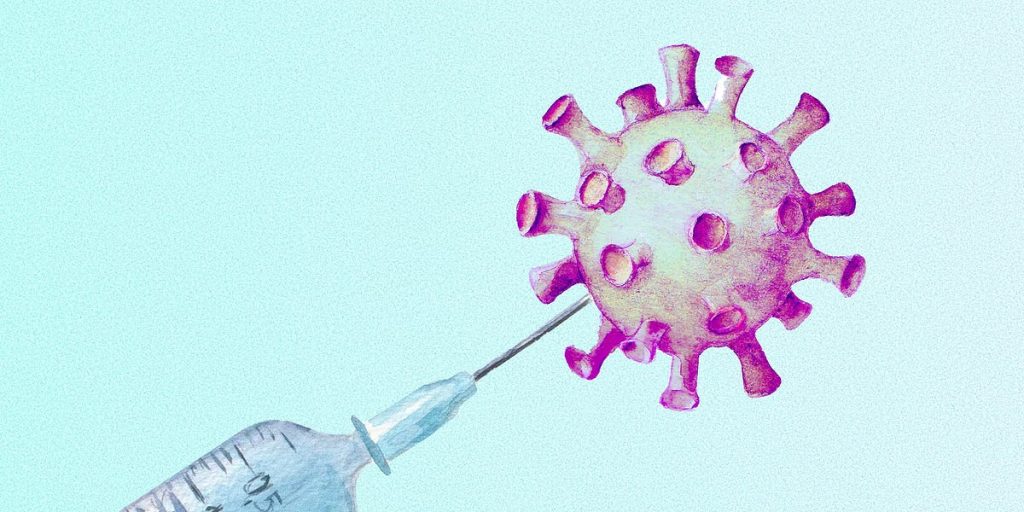The Vaccine Paradox: A Triumph of Science Undermined by Misinformation
The COVID-19 pandemic presented a stark challenge to global health, yet scientists responded with unprecedented speed, developing a life-saving vaccine in record time. This remarkable achievement, estimated to have saved millions of lives worldwide, should have been celebrated as a triumph of scientific ingenuity. Paradoxically, it fueled a surge in vaccine hesitancy and outright opposition, propelling anti-vaccine sentiments from the fringes to the mainstream political discourse. This unexpected turn of events has culminated in the appointment of prominent vaccine skeptics to key positions within the US health agencies, raising serious concerns about the future of public health policy. How did such a life-saving intervention become the target of widespread distrust and resistance?
The efficacy of the COVID-19 vaccine is unequivocally supported by scientific data. Studies published in reputable medical journals demonstrated significant reductions in infection and hospitalization rates among vaccinated individuals. While the effectiveness of the vaccine waned over time, this mirrors the decline of natural immunity acquired through infection. Crucially, during peak periods of the pandemic, the disparity in mortality rates between vaccinated and unvaccinated populations was striking, providing clear evidence of the vaccine’s protective power. Despite this compelling evidence, a wave of misinformation and flawed arguments has obscured the facts and fueled public skepticism.
One common misconception revolves around the notion that the COVID-19 vaccines do not offer "sterilizing immunity," implying they are not "real" vaccines. This argument stems from a misunderstanding of how vaccines function. Sterilizing immunity, which completely prevents infection, is not a prerequisite for a vaccine’s effectiveness. Many vaccines, including the historical polio vaccine, protect against severe disease and death without entirely blocking transmission. Moreover, the argument selectively ignores other vaccines, like the HPV vaccine, which does provide sterilizing immunity and has dramatically reduced cervical cancer rates, yet also faced resistance fueled by misinformation campaigns. Similarly, criticisms of inconsistencies in early CDC recommendations regarding masking and other public health measures serve as distractions, often employed to lend credence to the less credible assertions of vaccine skeptics.
The success of the COVID-19 vaccine is strikingly evident in the diminished public concern surrounding the disease. While pandemics naturally wane, the rapid development and deployment of the vaccine significantly curtailed the duration and severity of the COVID-19 pandemic. Previous pandemics often ran their course, inflicting widespread suffering and death before vaccines became available. In contrast, the COVID-19 vaccine was developed and deployed within a year, dramatically altering the trajectory of the pandemic and saving countless lives. This unprecedented achievement paves the way for even faster vaccine development in the future, potentially enabling a 100-day turnaround for future pandemics. However, the growing anti-vaccine movement and its influence on health policy decisions pose a significant threat to realizing this potential.
The proliferation of misinformation in the digital age plays a crucial role in the vaccine paradox. The rise of social media and online platforms has created an environment where false and misleading information can spread rapidly, often outpacing fact-checked and evidence-based reporting. Many individuals rely on unreliable sources for health information, prioritizing anecdotes and personal opinions over scientific consensus. This erosion of trust in established institutions, coupled with the "anti-establishment" ethos prevalent in some segments of society, further complicates efforts to counter misinformation. Even the voices of Nobel laureates, warning against the appointment of vaccine skeptics to key health positions, have been dismissed or even met with hostility, highlighting the depth of the challenge.
The consequences of declining vaccination rates are already becoming apparent. Data reveals a concerning decrease in childhood vaccination rates, jeopardizing herd immunity and increasing the risk of outbreaks. The anti-vaccine movement’s focus on a romanticized "natural" lifestyle often ignores the devastating impact of infectious diseases in the pre-vaccine era. Diseases like measles, once widespread killers, were dramatically curtailed by vaccination programs. This "industrial amnesia," a tendency to forget the problems solved by technological advancements, allows for a misplaced focus on perceived downsides of interventions, while overlooking the immense benefits they provide.
The vaccine paradox arises from the very success of the COVID-19 vaccines. Because the pandemic was effectively controlled, the urgency of the threat diminished, creating an opening for misinformation to take root. The disproportionate impact of COVID-19 on the elderly, a population often undervalued in societal perceptions, further contributed to the downplaying of the pandemic’s severity. However, other diseases, like measles, do not discriminate by age, as evidenced by tragic outbreaks resulting in the deaths of young children. Addressing the vaccine paradox requires a renewed focus on education and a greater appreciation for the achievements of modern science and technology. Failing to do so risks a regression to a time when preventable diseases caused widespread suffering and death.


